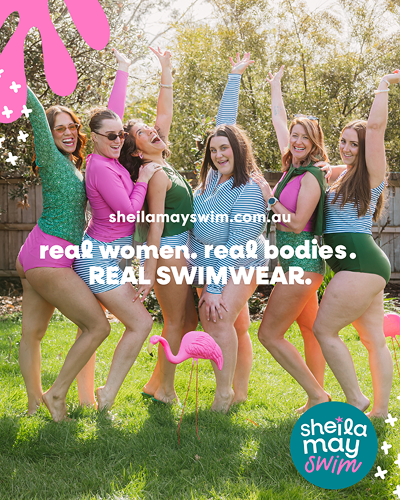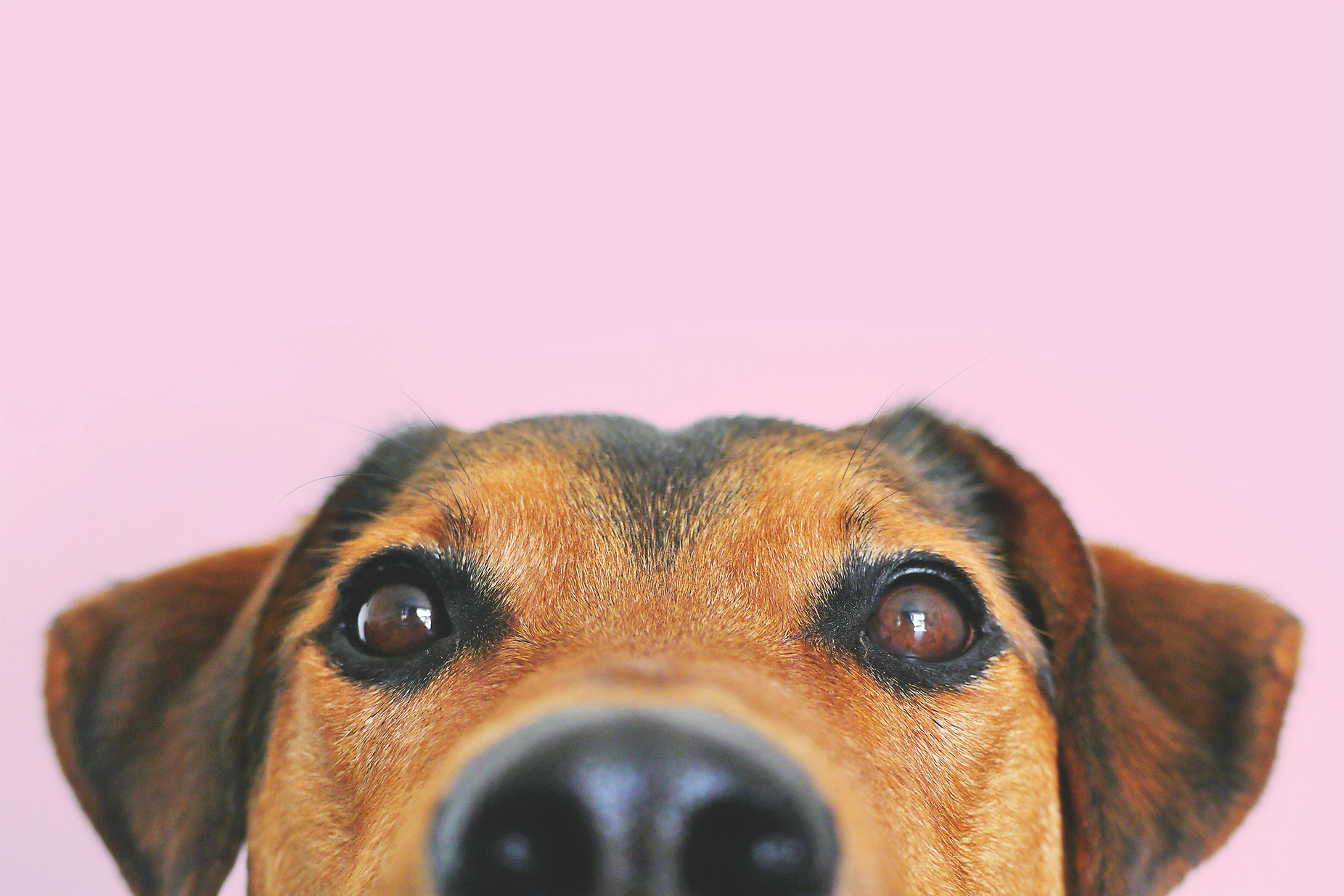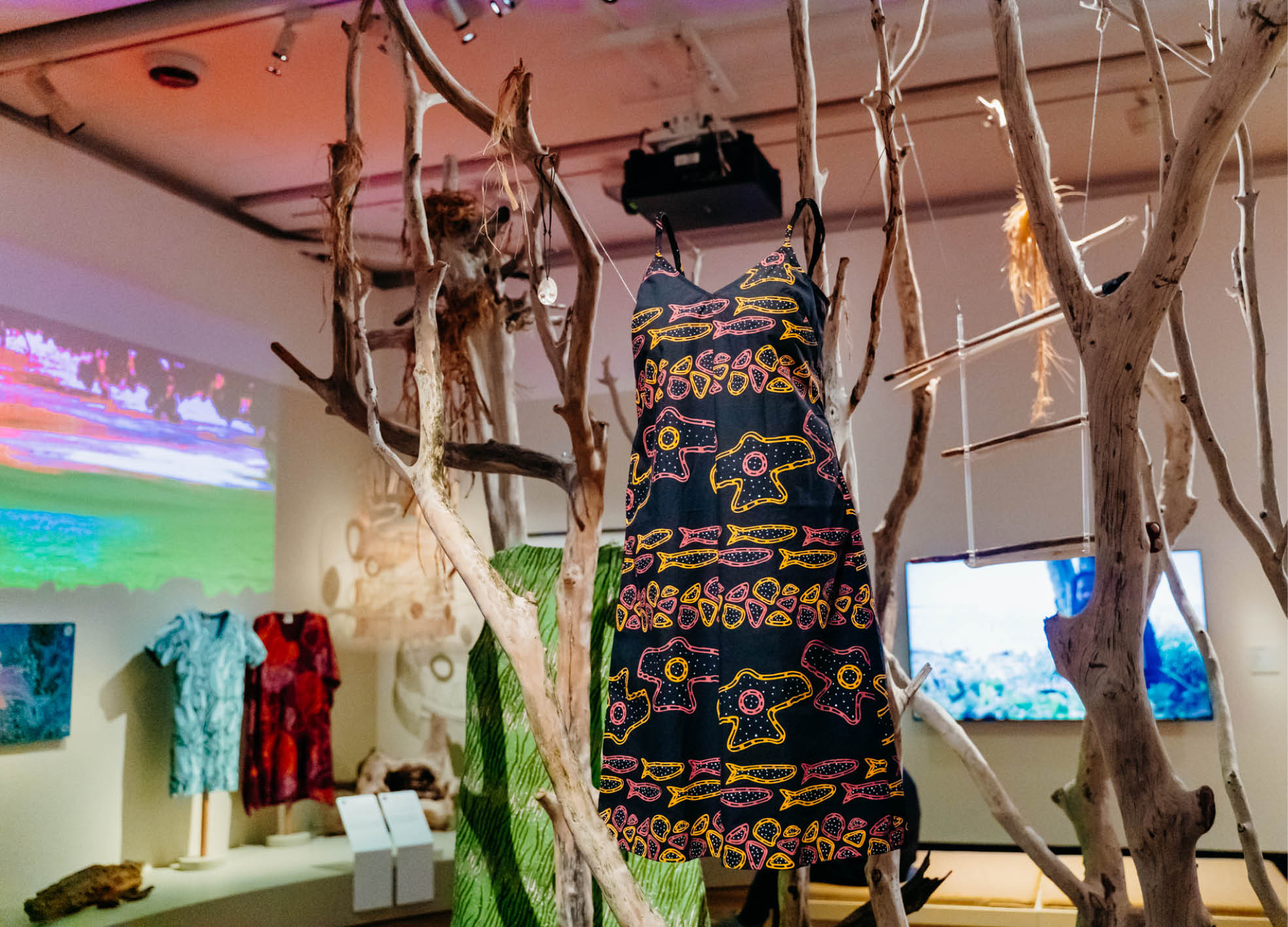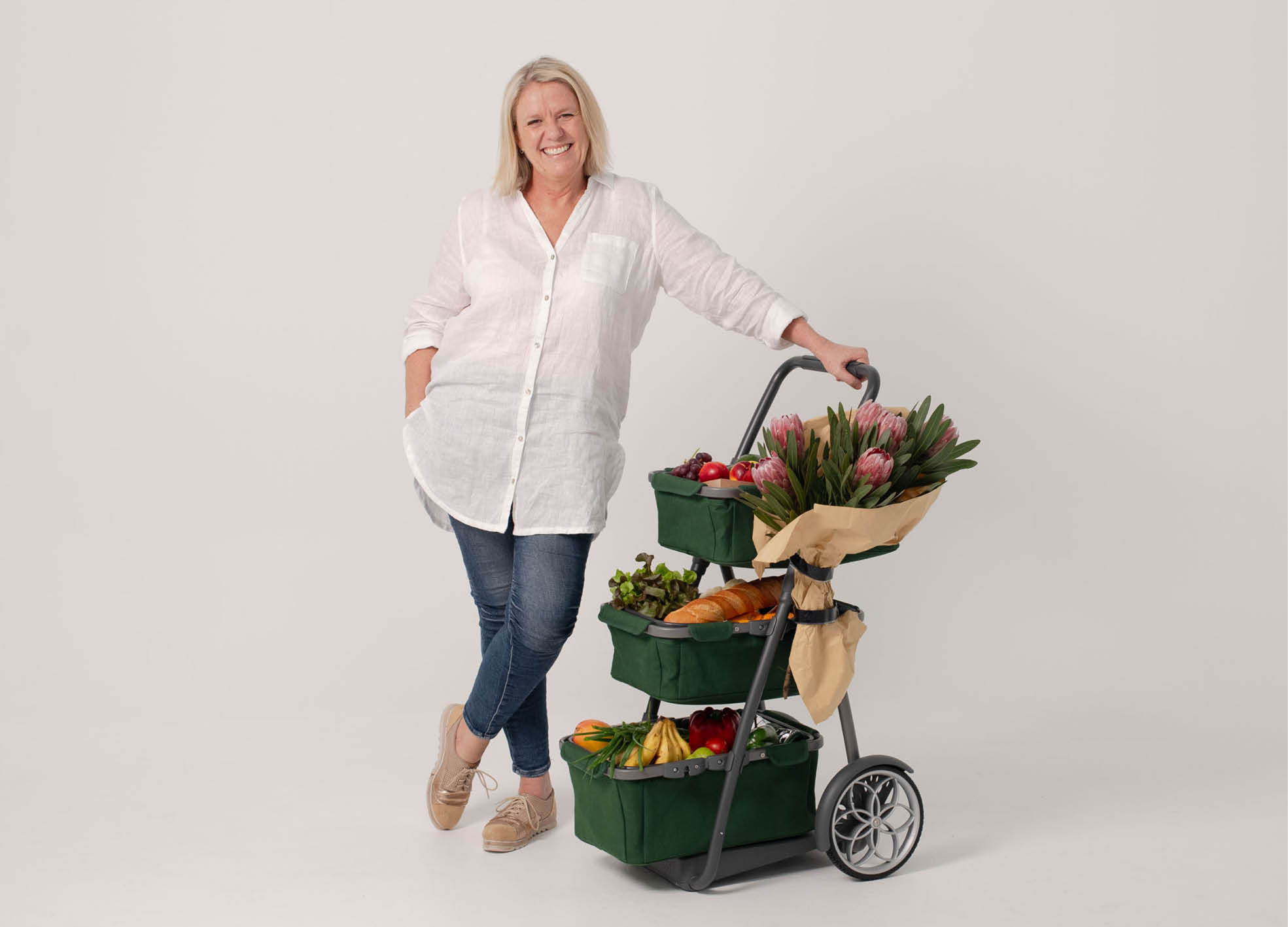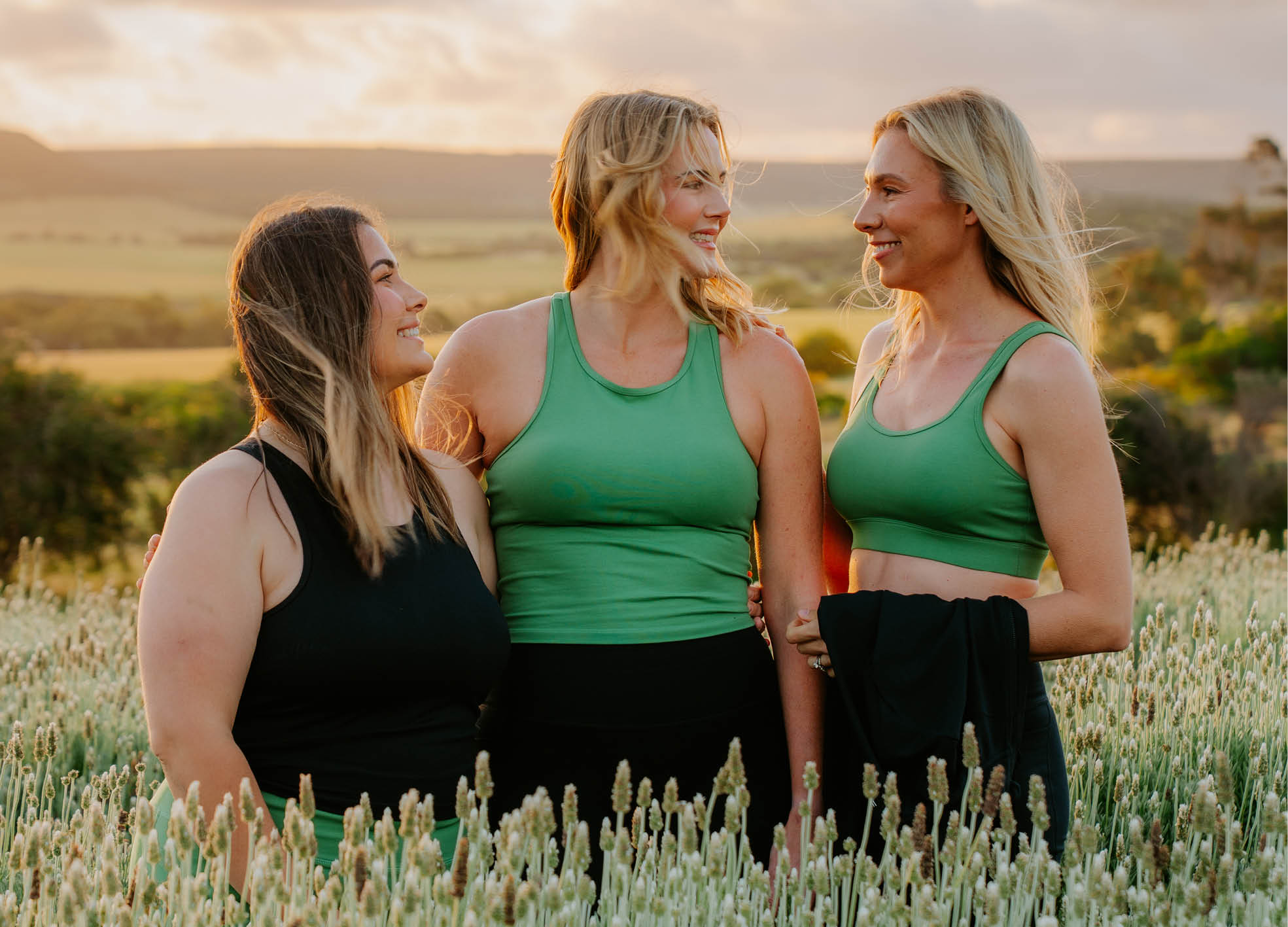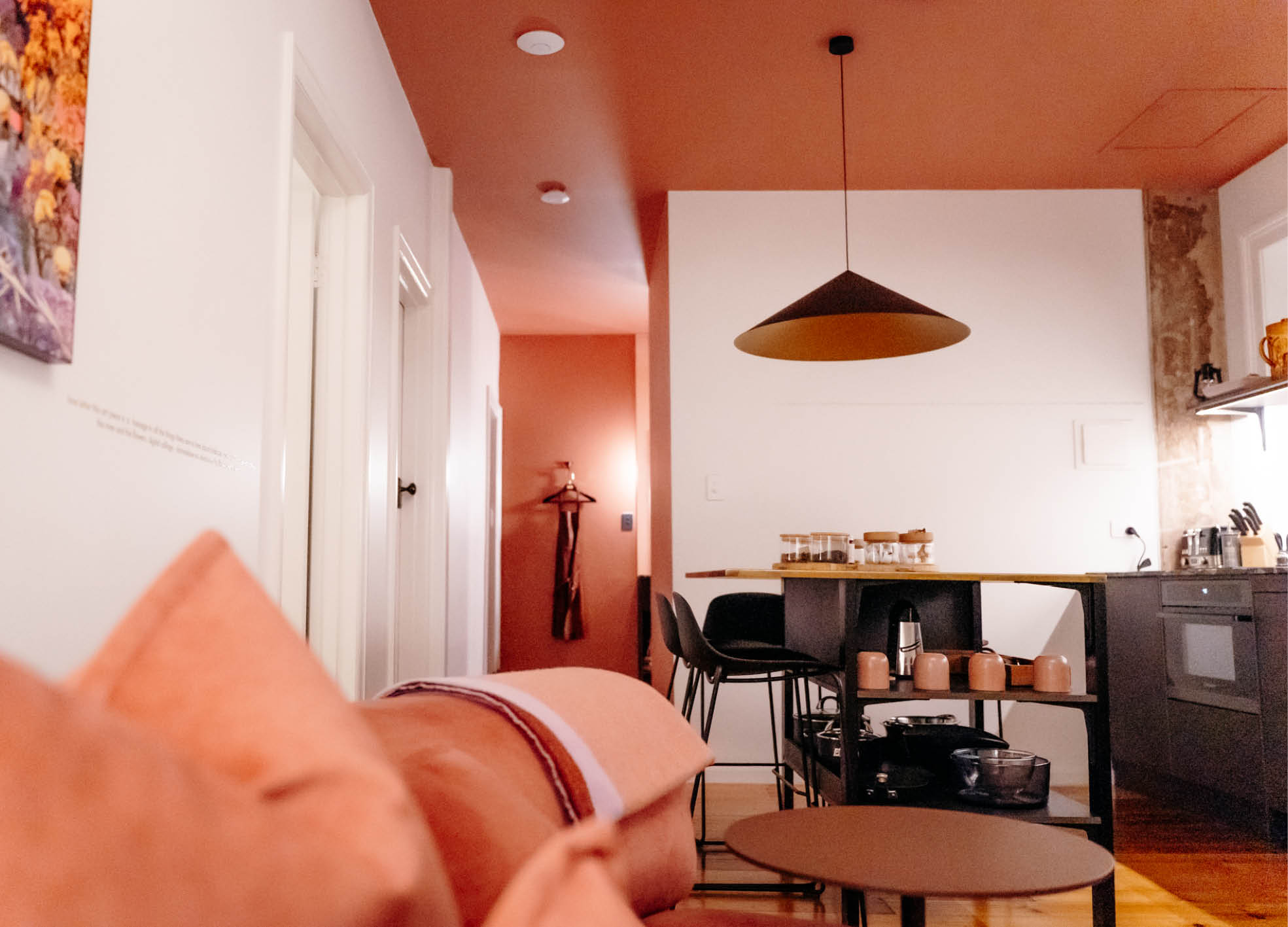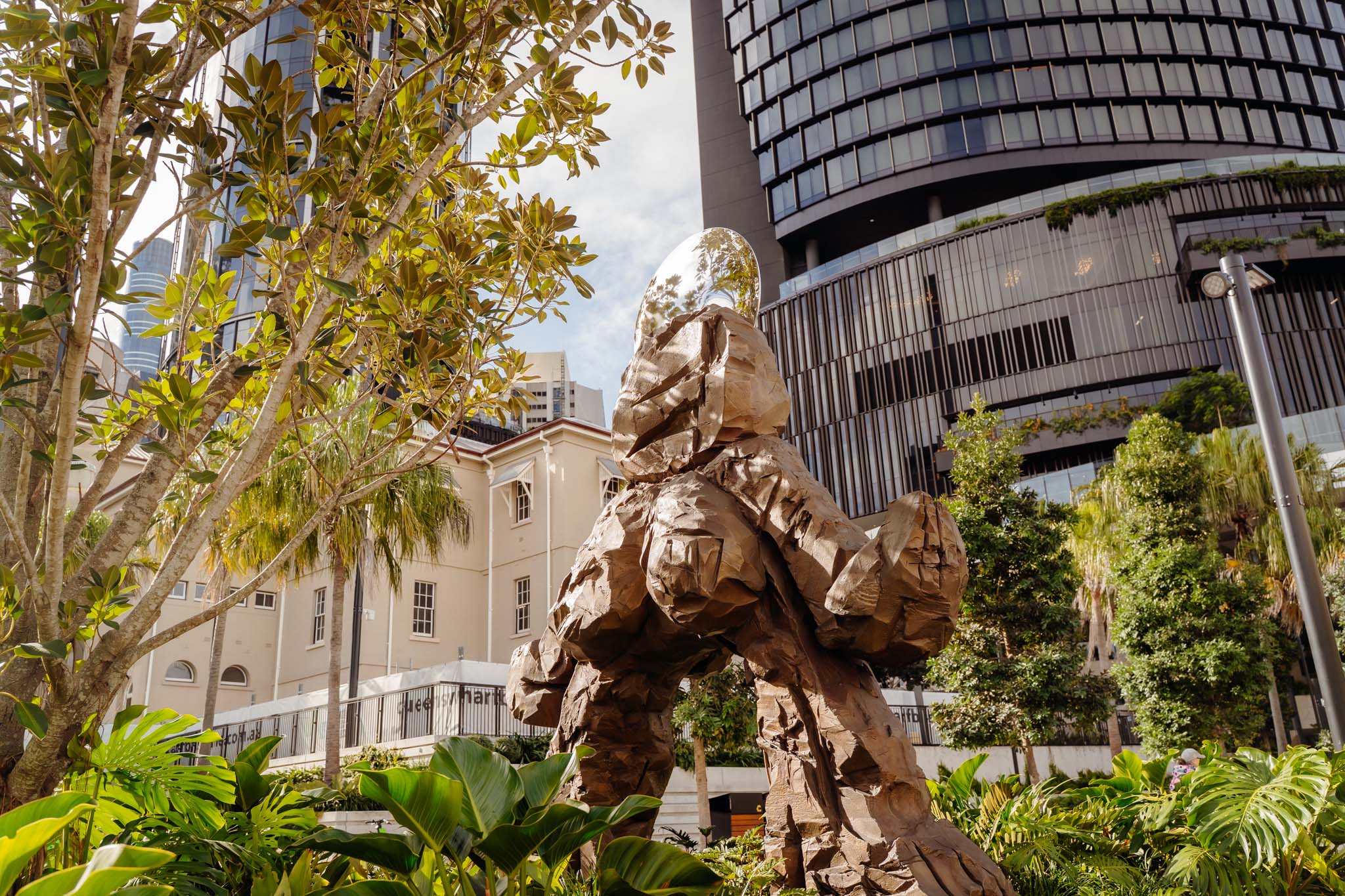Second Life: Why You Should Join the Resale Revolution
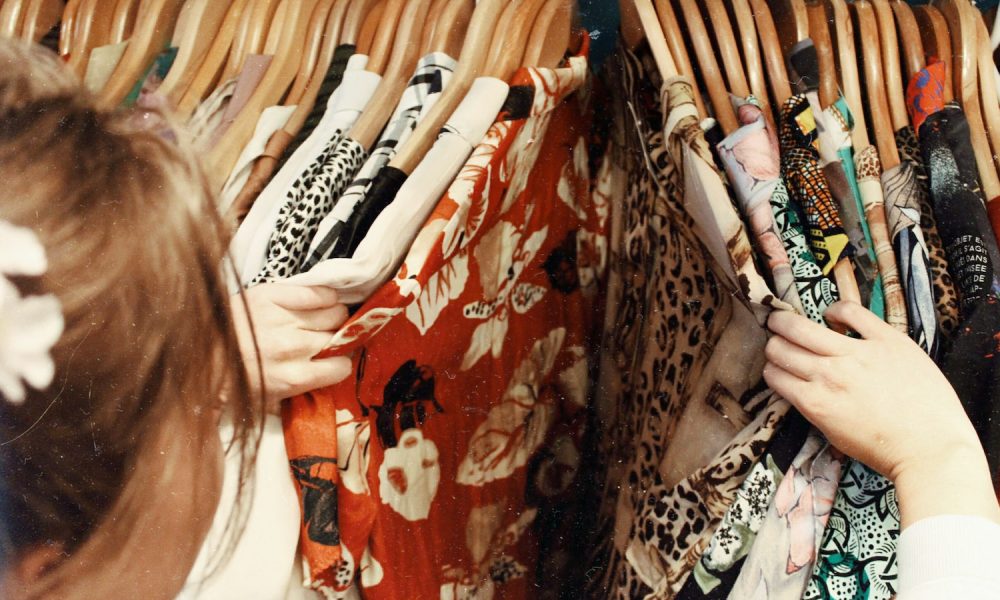
- Words by Peppermint
words NIKKI ADDISON images via UNSPLASH
Yes, we adore fashion. We also adore all things sustainable. But more often than not, the two don’t go together. It only takes a light scan of the Ellen MacArthur Foundation’s report, ‘A New Textiles Economy: Redesigning Fashion’s Future’, to discover the textile industry’s horrifying impact on the planet. We’re producing more garments than ever before, but wearing them less. More and more clothes are ending up in landfill or incinerated. And the environmental implications of the production process itself are staggering; according to the report, the total yearly greenhouse gas emissions from textiles production – around 1.2 billion tonnes – amounts to more than all international flights and maritime shipping combined (pre-COVID, of course).
Consumers have a greener alternative to fast fashion thanks to the growing number of brands striving to create ethical, sustainable clothing. Yet supporting these kinds of brands isn’t viable for everyone, with the cost of producing environmentally friendly clothing generally raising the price point.
Thankfully, there is another option. This is where secondhand shops take the stage, beaming and twirling in all their colourful glory. They go by many names – op-shop, charity shop, consignment store, thrift store – but all share a common feature: they sell cheap preloved clothing and goods. Whether you’re a passionate thrifter or yet to dip your toe into the world of op-shopping (because it is a whole world, trust us), we’ve got a few good reasons why you should take the plunge and join the resale revolution plus a few hot tips for first-timers.
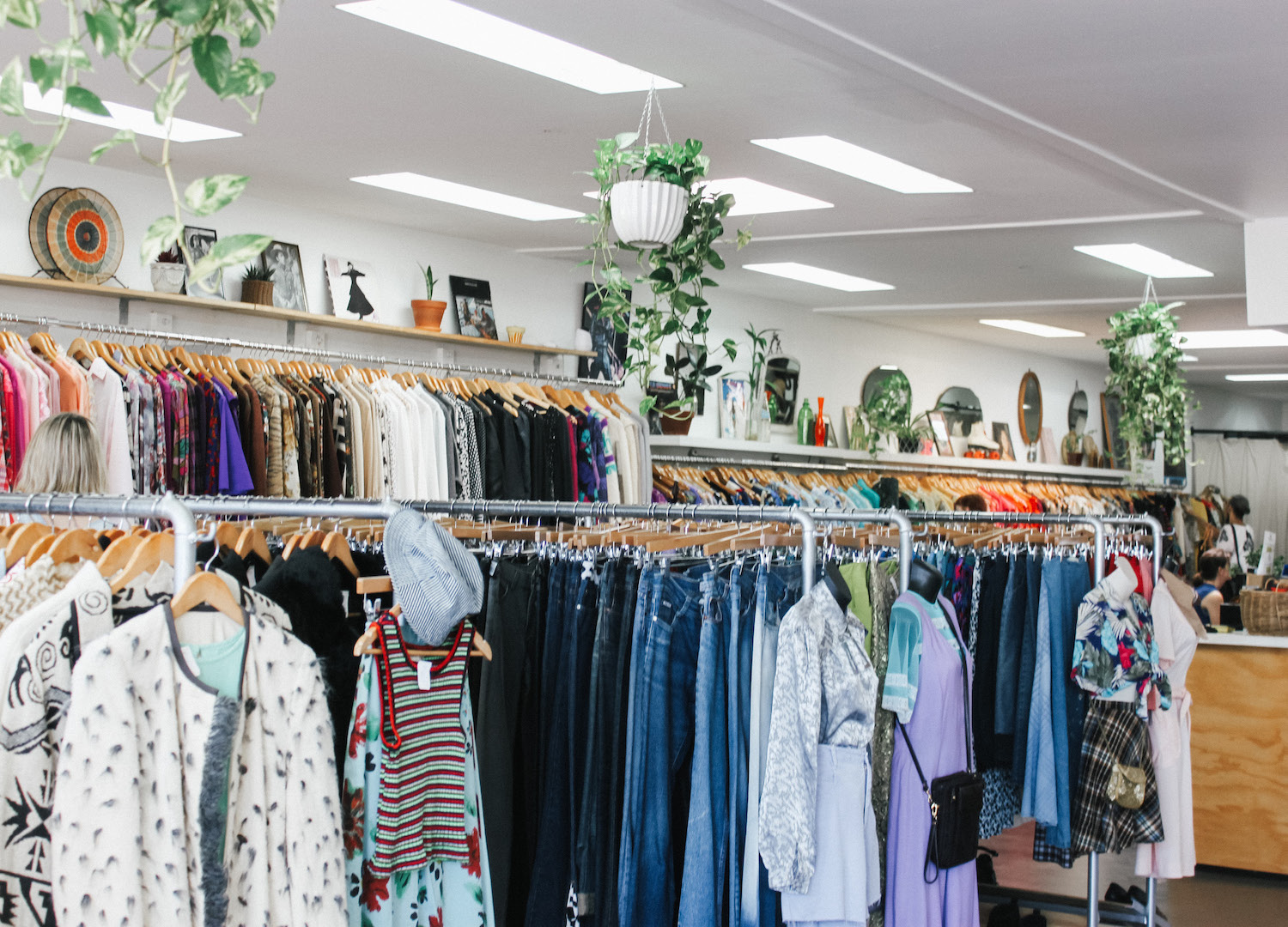
Thrifting is better for the planet
When you purchase preloved clothing, you make a conscious decision to consume mindfully and reject the fast fashion industry damaging our planet. Items with plenty of life left in them are given a second chance and diverted from going into landfill. By saying no to new clothes, you’re helping to lower pollution, minimise fabric wastage and reduce the use of resources like water and energy required to produce new clothing. If that’s not reason enough to hit up your nearest op shop, we don’t know what is.
… and it’s better for your wallet
The financial perk of secondhand shopping is an undeniable win. Prices vary across shops, but generally items at oppies will fall between $4 and $20. Other stores have designer racks where clothing is a little pricier, but still a total bargain. You’re also bound to stumble upon quality vintage items made from durable fabrics like cotton and wool, allowing you to get more wear out of your clothes than nasty synthetic materials – saving you money in the long run.
… and your wardrobe
Sick of seeing people wearing the same clothes as you? It’s time to start thrifting, stat. Secondhand shops are often a treasure-trove of one-of-a-kind retro finds and without cost as an influencing factor, you can let your inner creativity bloom. Think outside the square and consider how an item can be modified or repurposed. Maybe there are jeans you can cut into shorts, or a jacket that would look bomb with sewn-on patches.
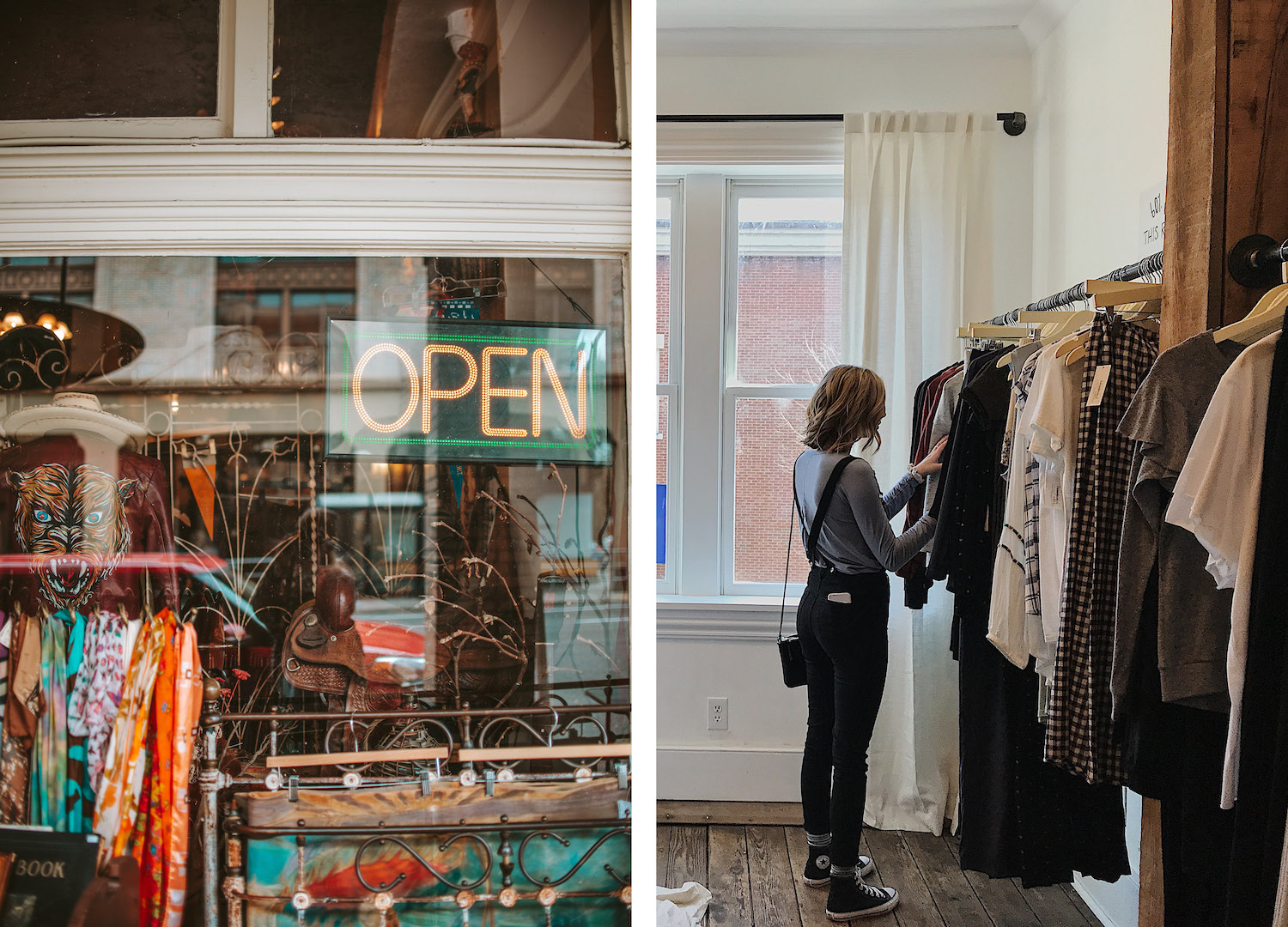
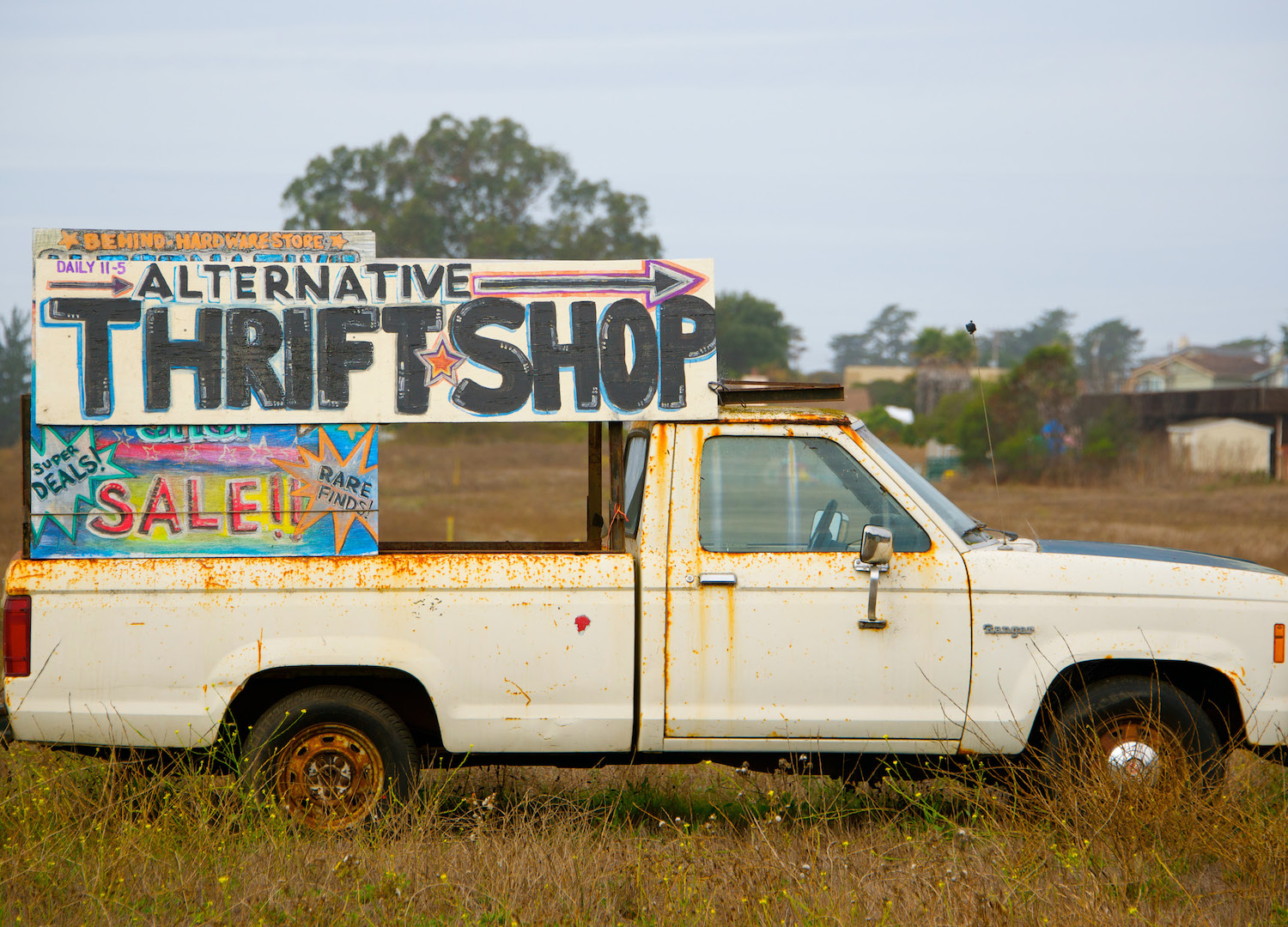
Top tips for first-time op-shoppers
Know where to go
Starting out on your thrifting journey might be overwhelming, especially if you live near a bunch of secondhand stores. Word of mouth is a reliable source when it comes to deciding which ones to visit, but it’s also worth checking out your community Facebook page and even turning to Google. Jot down a few stores so you have a loose roadmap to follow – you’re going to want to make a day of it. No shops in the vicinity? Don’t worry: online secondhand shopping is a thing. There are tons of great online vendors curating banging collections of vintage clothing that you can buy without leaving the couch. Just google “online thrift/vintage clothing store Australia” and get scrolling.
Write a list
Sometimes it’s nice to simply browse, but if you’re embarking on a serious op-shopping excursion you’ll want some idea of what you’re looking for before you begin. In larger op-shops, you can easily waste time sifting through items you neither want nor need, so give yourself some guidance with a thrifty wish list. Help yourself out by making it as specific as possible – for example, if you want new shoes, what kind of shoes are you looking for? Sneakers, heels, leather flats? If you’re looking for sweaters, do you have a colour or style preference? Maybe you want some new running shorts – write it down and avoid searching through racks of activewear unnecessarily.
Know your style
Understanding your personal style is another element that’s going to make your experience a breeze. When you “get” your own unique vibe, you’re going to find it a lot easier to seek out items that you’ll actually wear on a daily basis, that work with you and your lifestyle. That doesn’t mean you have to try and define your sense of style by a specific naming convention (boho chic, surfer, minimalist, retro); it simply means knowing what kinds of clothes you usually like to wear. What items make you feel great? What do you find yourself pulling from your closet again and again? What kinds of fabrics do you love and hate?
Persistence is key
The two Ps, persistence and patience, are crucial to your op-shopping experience. Don’t expect to find something epic in the first store you enter. You might visit three or four before you find something you truly love – but that’s part of what makes secondhand shopping so fulfilling. You never know when, or where, you’re going to find that incredible piece… but when you do, it’s going to make your damn day.
Be open-minded
Read: think broadly. Don’t let yourself be confined by clothing stereotypes. It’s always worth checking out the men’s section for snuggly jumpers, boyfriend jeans, button-up shirts and oversized tees. Plus, a lot of op-shops have way more to offer than just clothes. Check out the art, furniture and crockery for more retro inspiration.
Embrace upcycling
Keep your eyes peeled for items that could be repurposed into something you know you’ll use. It can be difficult to envision this without prior inspo, so have a dig online for some DIY upcycling ideas before you go – there are plenty of blogs offering tips on how to transform seemingly spent items into amazing steals. We’re just spitballing here, but a few possibilities could be: sewing an awesome printed top into a headband, rocking a men’s button-up shirt as a dress, tie-dying a plain cotton tee…the list goes on.
JOIN OUR MAILING LIST
Brighten up your inbox with our not-too-frequent emails featuring Peppermint-related news, events, competitions and more!
explore
More articles
When you hang a painting on a wall, the story stays put. But when you wear a beautifully made garment that may as well be a piece of art? The story travels. It moves through the world with you –…
We all do it: fire up the car for a 5-minute drive to pick up groceries, drop off sewing supplies, or run a quick errand…
Here’s a question: who decided that natural fibres aren’t a great fit in activewear? For Geraldton mum-of-four Jade Payne, that question became paramount after a…
Fancy a getaway in a heritage building that was once a hospital, an orphanage AND a school in a previous life? Despite what your initial…
When the algorithm gods reward dance trends over hand-thrown ceramics, and building a website feels more stressful than a tax return, where’s a maker to…
Time-travelling lungfish floating in a mosaic of glass tiles, a four-breasted female empowerment goddess cast in bronze, and a striking botanical sculpture spanning 15 metres,…
Hang out with us on Instagram
“Crafting is something that has come naturally since I was small and I just haven’t stopped. When I was smaller, I was interested in the end result. As I’ve gotten older, I realise it’s the process that keeps me coming back to craft. It’s a meditative state for me and I find the repetitive action of the stitching and felting quite therapeutic.”
Craving a world filled with warmth and whimsy? It’s all in a day’s work for textile artist @Cat_Rabbit, whose latest book, ‘Trinkets’, is bursting with felty food friends to make and cherish. Cat invited us into her universe, filled with cheeky characters, layered storytelling and loads of humour.
Plus: try the super sweet pattern for Cat’s Lucky Pickle, perfect to make as a stocking stuffer, extracted from Trinkets.
Read more from our ‘Just felt right’ feature in Issue 64, at newsagents and stockists now!
Photos: Tatanja Ross @On_JacksonStreet and Cat Rabbit
#PeppermintMagazine #CatRabbit #LuckyPickle #Craft #Crafting #Felting #FeltCrafts #Trinkets #ChristmasDecorations

Our hearts go out to everyone impacted by the Bondi Beach violence, especially the Jewish community. Also to the beachgoers, those who bravely helped and the first responders.
While it`s easy – and understandable – to get caught up in the horror of it all and direct anger at certain groups, remember this quote from teacher and author Erin Gruwell: "Don`t let the actions of a few determine the way you feel about an entire group."
“You don`t fight racism with racism. You fight racism with solidarity," said Bobby Seale of the Black Panthers. And solidarity is exactly what we need right now.
If you are feeling overwhelmed, you are not alone. Remember there is much more kindness in the world than hate. ❤️🩹
@LifelineAustralia has created a Bondi Beach Incident: Wellbeing support guide, where you’ll find information about common reactions, reassurance that what you’re feeling is valid, and ideas for taking care of your wellbeing.
https://lifeline.org.au/bondi-incident
You can also call Lifeline on 13 11 14, text on 0477 13 11 14 or chat at lifeline.org.au/crisis-chat anytime, no matter how this has impacted you.
@BeyondBlueOfficial is also available with free 24/7 support by phone on 1300 22 4636 or webchat at https://www.beyondblue.org.au/
Register.Find.Reunite. has been activated by @RedCrossAu to help people reconnect with family and friends. Visit redcross.org.au to access the service.
@NSWPolice Public Information and Inquiry Centre (PIIC) is operating 24/7 on 1800 227 228 for information relating to people impacted.
@LifeBloodAu is supporting Sydney hospitals. O- and O+ blood are always in high demand in emergencies. To donate (from anywhere in Australia – all states are welcome and helpful!) call 13 14 95 or use the Lifeblood app.

Just a reminder… from @SugarHouseCeramicCo
This holiday season be kind, patient and shop local!
#ShopSmall #ShopLocal #SupportSmallBusiness

✨️ Our website is getting a glow-up! ✨️
Sorry for the inconvenience but it will be offline for a few days. You can still purchase subscriptions (perfect for chrissy presents!) via the links on the holding page.
Last year we were extremely excited to receive funding from the Meta Australian News Fund, in partnership with the Walkley Foundation. The result of this is a fabulous new website, with a sustainable fashion and sewing directory that will follow early next year. We`ve worked with the lovely Amy and Jenny at @CrumpetClubHouse who have been making the magic happen – we can`t wait to show you the outcome! ✨️
In the meantime, please get in touch if you need help with anything – hello@peppermintmag.com
We`ll see you on the other side! 🌈

🎀 12 DAYS OF XMAS GIVEAWAYS 🎀
🎄On the 12th day of Christmas, we’re giving away… a GREENPAN FROST ICE CREAM & FROZEN DRINK MAKER! 🎄
Ice, ice, baby! Calling all kitchen magicians and dessert devotees: it’s time to churn, blend and devour your way to frozen heaven. It’s our final giveaway – and hoo girl, it’s a goodie! Thanks to the clever folks at @TheOriginalGreenPan.Anz, one reader will cool their mitts on the Frost Ice Cream & Frozen Drink Maker – perfect for conjuring up home-made gelato, sorbet, smoothies, slushies and more!
Valued at $599, the Frost Ice Cream & Frozen Drink Maker is designed with GreenPan’s signature Thermolon™ ceramic non-stick coating, so you can whip up summer-ready sweet treats free of PFAS, PFOA, lead and cadmium.
To snag this frosty prize, follow @TheOriginalGreenPan.Anz and tag a friend in the comments below before midday AEST 15 December! (Australian and New Zealand addresses only, please.) Good luck!
Update: The lucky winner of our final giveaway is @just__for__van - congrats! We`ll dm to get your details. Well done! 🎉
#PeppermintMagazine #12DaysOfChristmas #12DaysOfGiveaways #GreenPan

Oh hey 👋🏼 Just a little reminder that our subscriptions are sent in paper envelopes, which is a bit of a rarity in our industry. 💅🏼
If you need more reasons to subscribe, how about these:
💌 Enjoy a new issue arriving in your letterbox every six months.
💌 Subscribers exclusively receive FOUR digital sewing patterns per year!
💌 You’ll be the first to get your hands (and needles) on our patterns with early access.
💌 Get a 20% discount code on back issues of Peppermint so you can start your collection today!
💌 Automatically go in the draw to win amazing prizes each issue.
💌 Feel good about your subscription arriving in plastic-free postage.
💌 Support a small, women-led Australian business.
💌 Help us make the world a better place!
And... it`s a perfect Christmas present! We have a downloadable card you can print to go with your gift.
💌 Link in bio!
#PeppermintMagazine #SupportSmallBusiness #ShopLocal #ShopSustainable #PlasticFree




